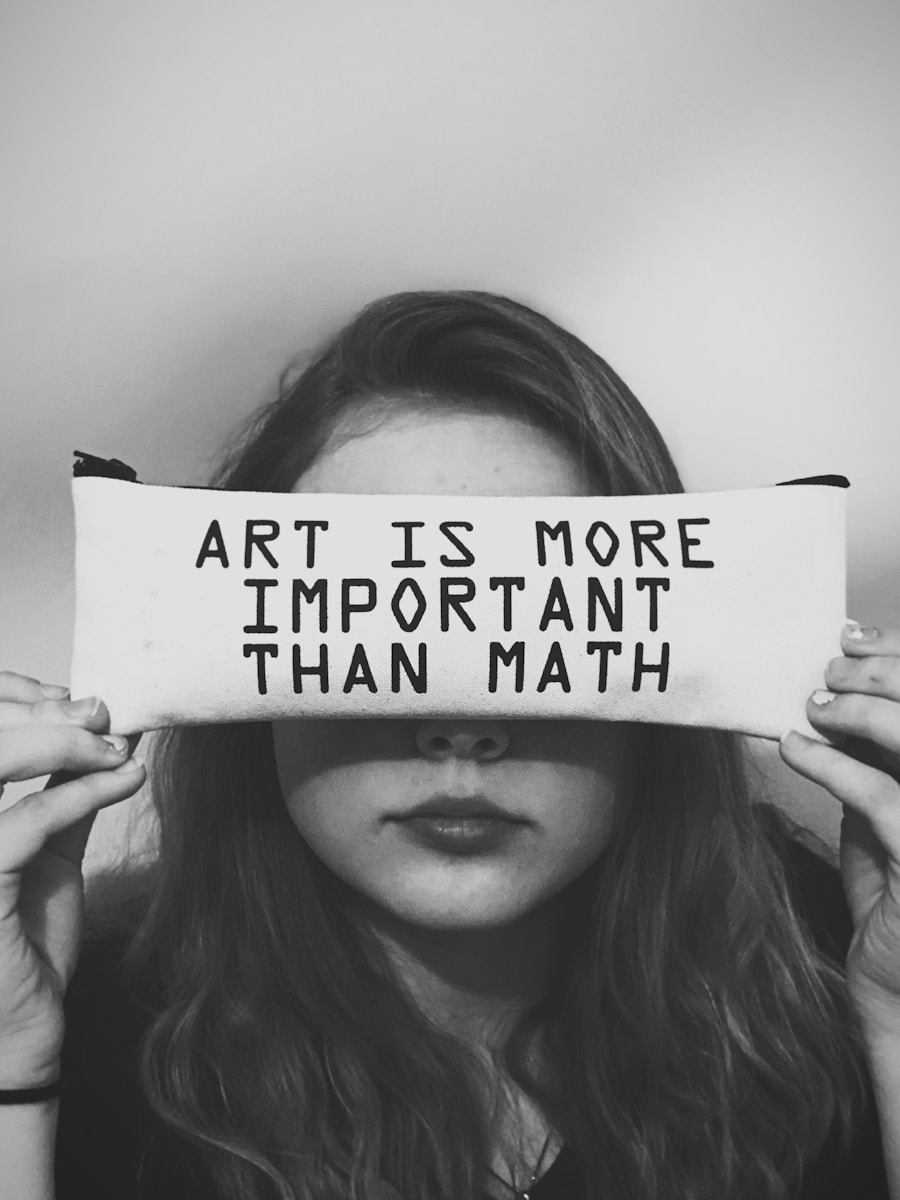Download links
How to install Exploring the Latest in Arts & Entertainment APK?
1. Tap the downloaded Exploring the Latest in Arts & Entertainment APK file.
2. Touch install.
3. Follow the steps on the screen.
Description
The music industry has undergone a seismic shift in recent years, particularly accelerated by the global pandemic that forced artists and fans alike to rethink how they experience live performances. Virtual concerts and live streaming have emerged as a powerful alternative to traditional in-person events, allowing musicians to reach audiences across the globe without the constraints of geography or venue capacity. Platforms like Twitch, YouTube, and Instagram Live have become essential tools for artists, enabling them to connect with fans in real-time while also providing a new revenue stream through ticket sales, merchandise, and donations.
One notable example of this trend is the virtual concert held by Travis Scott within the popular video game Fortnite. This groundbreaking event attracted over 12 million players, showcasing how gaming platforms can serve as innovative venues for live music. The concert featured stunning visuals and interactive elements that engaged viewers in ways that traditional concerts cannot.
Similarly, artists like Billie Eilish and John Legend have embraced live streaming as a means to maintain their connection with fans during lockdowns, often using these platforms to perform intimate sets from their homes. This shift not only democratizes access to live music but also allows for a more personal interaction between artists and their audiences, fostering a sense of community that transcends physical barriers.
Key Takeaways
- Virtual concerts and live streaming have become increasingly popular in the music industry, providing artists with new ways to connect with their fans.
- Streaming services have significantly impacted the movie industry, changing the way films are distributed and consumed by audiences.
- Digital art and NFTs have revolutionized the visual arts world, offering new opportunities for artists to showcase and sell their work.
- Theater has adapted to the new normal by embracing virtual performances, allowing audiences to enjoy live shows from the comfort of their homes.
- Social media has had a significant influence on book publishing, shaping the way authors promote and sell their work to a global audience.
- TV shows are shifting towards diverse and inclusive storytelling, reflecting a growing demand for representation and authentic narratives in the entertainment industry.
Film: Exploring the Impact of Streaming Services on the Movie Industry
The advent of streaming services has fundamentally transformed the landscape of the film industry, reshaping how movies are produced, distributed, and consumed. Platforms such as Netflix, Amazon Prime Video, and Disney+ have not only changed the way audiences access films but have also influenced the types of stories being told. With the ability to release content directly to consumers, these services have given rise to a new era of filmmaking that prioritizes diverse narratives and innovative storytelling techniques.
The traditional model of theatrical releases is increasingly being challenged as studios recognize the potential for streaming to reach wider audiences. One significant impact of this shift is the rise of original content produced by streaming platforms. Netflix’s investment in original films has led to critically acclaimed projects like “Roma” and “The Irishman,” which have garnered attention at prestigious award ceremonies.
This trend has encouraged filmmakers to explore unconventional narratives that may not have found a place in traditional cinema. Furthermore, the pandemic accelerated this transformation, as many studios opted to release films directly on streaming platforms rather than waiting for theaters to reopen. Warner Bros.’ decision to release its entire 2021 film slate simultaneously in theaters and on HBO Max exemplifies this trend, signaling a potential permanent shift in how films are distributed.
Visual Arts: The Evolution of Digital Art and NFTs

The visual arts landscape has experienced a remarkable evolution with the rise of digital art and non-fungible tokens (NFTs). Digital art, once considered a niche medium, has gained mainstream recognition as artists leverage technology to create innovative works that challenge traditional notions of art ownership and value. The emergence of NFTs has further revolutionized this space by providing a mechanism for artists to sell their digital creations as unique assets on blockchain platforms.
This development has opened up new avenues for artists to monetize their work while also engaging with collectors in unprecedented ways. One striking example of this phenomenon is the sale of Beeple’s digital artwork “Everydays: The First 5000 Days,” which fetched an astonishing $69 million at a Christie’s auction in March 2021. This sale not only highlighted the potential financial value of digital art but also sparked widespread interest in NFTs among both artists and collectors.
As more artists embrace this technology, we see a growing diversity of styles and concepts within the digital art realm. Platforms like OpenSea and Rarible have emerged as marketplaces for artists to showcase and sell their NFTs, fostering a vibrant community that celebrates creativity in the digital age. The intersection of art and technology continues to evolve, challenging our understanding of what constitutes art and how it can be valued.
Theater: Adapting to the New Normal with Virtual Performances
| Metrics | Virtual Performances |
|---|---|
| Number of virtual performances | Over 500 virtual performances streamed |
| Online audience reach | Reached over 1 million viewers worldwide |
| Virtual ticket sales | Generated over 1.5 million in virtual ticket sales |
| Engagement on social media | Over 100,000 engagements on social media platforms |
| Virtual performance platforms used | Utilized Zoom, YouTube, and Facebook Live for virtual performances |
The theater industry has faced unprecedented challenges in recent years, with many productions forced to close their doors due to health concerns and restrictions on gatherings. In response, theater companies around the world have turned to virtual performances as a means of survival and adaptation. This shift has allowed them to reach audiences who may not have been able to attend live performances due to geographical or financial constraints.
By embracing technology, theaters have found innovative ways to keep the spirit of live performance alive while also exploring new artistic possibilities. One notable example is the National Theatre’s “National Theatre at Home” initiative, which offers recorded performances for streaming on demand. This program not only provides access to high-quality productions but also allows audiences to experience theater from the comfort of their homes.
This blending of traditional theater with digital technology has opened up new avenues for storytelling and audience engagement, challenging the notion of what theater can be in a post-pandemic world.
Literature: The Influence of Social Media on Book Publishing
Social media has become an integral part of the literary landscape, influencing how books are marketed, discovered, and discussed. Platforms like Instagram, Twitter, and TikTok have given rise to new forms of book promotion that prioritize visual storytelling and community engagement. Bookstagrammers and BookTok creators have emerged as influential voices within the literary community, shaping trends and driving sales through their enthusiastic recommendations and reviews.
This shift has democratized book promotion, allowing authors—especially debut writers—to reach audiences without relying solely on traditional publishing channels. The impact of social media on book publishing is particularly evident in the rise of viral sensations like Colleen Hoover’s “It Ends With Us,” which gained immense popularity through TikTok’s #BookTok community. Readers sharing their thoughts and experiences with books online can create a ripple effect that propels titles into bestseller lists almost overnight.
Additionally, social media platforms provide authors with direct access to their readers, fostering a sense of connection that was previously difficult to achieve. This dynamic has led to more authentic marketing strategies that resonate with audiences on a personal level, ultimately reshaping how books are published and consumed in the digital age.
Television: The Shift Towards Diverse and Inclusive Storytelling in TV Shows

The television industry is undergoing a significant transformation as audiences increasingly demand diverse and inclusive storytelling that reflects the complexities of contemporary society. This shift is evident in the growing number of shows that center around underrepresented voices and experiences, challenging traditional narratives that have dominated television for decades. Networks and streaming platforms are recognizing the importance of inclusivity not only as a moral imperative but also as a means to attract wider audiences who seek authentic representation in their entertainment.
One prominent example is the success of shows like “Pose,” which highlights the lives of transgender individuals within New York City’s ballroom culture. The series has been praised for its authentic portrayal of marginalized communities while also featuring a predominantly LGBTQ+ cast and crew. Similarly, “The Queen’s Gambit” broke barriers by showcasing a female protagonist excelling in a male-dominated chess world, resonating with viewers across demographics.
As more creators from diverse backgrounds gain opportunities in Hollywood, we can expect an even broader range of stories that challenge stereotypes and foster understanding among different cultures. This evolution signifies a promising future for television as it embraces inclusivity as a core value rather than an afterthought.

Facebook comments